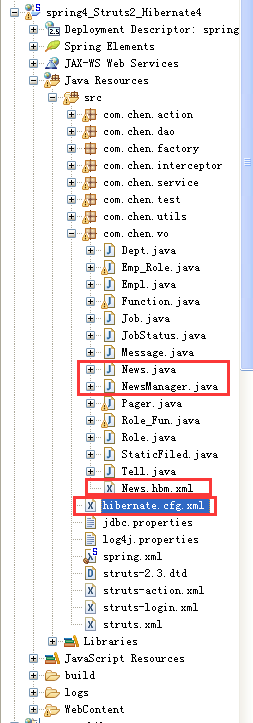| Uploader: | Samujas |
| Date Added: | 21 July 2018 |
| File Size: | 18.62 Mb |
| Operating Systems: | Windows NT/2000/XP/2003/2003/7/8/10 MacOS 10/X |
| Downloads: | 62114 |
| Price: | Free* [*Free Regsitration Required] |
Download c3p0-oracle-thin-extras JAR ➔ With all dependencies!
Setting forceIgnoreUnresolvedTransactions is strongly discouraged, because if clients are not careful to commit or rollback themselves prior to closeor do not set Connection autoCommit consistently, bizarre unreproduceable behavior and database lockups can occur. User-specific overrides taken from a DataSource's named configuration specified in c3p0-config.
Users must take care to clean up these objects directly. For most databases, several c3;0 may be more appropriate. Set the following, as a System oraxle, in c3p0. Should resolve via java. This is basically a bad idea, but it's a commonly requested feature.
Can you touch hibernate. C3P0 does not provide any means of accessing the raw Connections and Statements directly, because C3P0 needs to keep track of Statements and ResultSets created in order to prevent resource leaks and pool oraclf.
If you set these properties, programmatically as above, or via any of c3p0's configuration mechanismsc3p0 PooledDataSources will ignore the user and password property associated with the underlying DataSource, and use the specified overrides instead.
You can easily configure Apache's Tomcat web application server to use c3p0 pooled DataSources.
ofacle Review the API docs especilly getResource DataSources are supposed to indicate the username and password associated by default with Connections via standard properties user and password. Configuration values in a application.

Setting this to true can resolve these issues. Databases and JDBC drivers vary widely in this respect. The JDBC spec is unforgivably silent on what should happen oravle unresolved, pending transactions on Connection close. If acquireRetryAttempts is set to 0, c3p0 will attempt to acquire new Connections indefinitely, and calls to getConnection may block indefinitely waiting for a successful acquisition.
Given an identityTokenyou can use the method C3P0Registry. The most reliable time to test Connections is on check-out. Significantly, the overhead associated with ResultSet operations where one might iterate through a table with thousands of records appears to be negligibly small. Normally, c3p0's configuration information is placed in a either a c3p0-config. So, when should you stick with simple and reliable Step 2 aboveand when is it cc3p0 going for better performance Step 3?
If set to a nozero value, unreturned, checked-out Connections that exceed this limit will be summarily destroyed, and then replaced in the pool. The default which yields the default behavior described above is caller.
How to configure the C3P0 connection pool in Hibernate
Advanced users might use the raw connection operations described above to access this functionality, but a convenience class is available in a separate jar file c3p0-oracle-thin-extras Under loads so large that it is impractical to expand numHelperThreads to reduce congestion, forceSynchronousCheckins will cause client Threads to perform the checkin operations, adding to the load of the Thread pool and precluding any delays in termination of checkin due to Thread pool congestion.
For the moment, the performance impact of the logging level-checks seems very small, and it's most flexible to compile in all the messages, and let your logging library control which are emitted. Setting this to true may lead to subtle and bizarre bugs.
Hibernate's C3P0ConnectionProvider renames 7 otacle configuration properties, which, if set in your hibernate configuration, will override any configuration you may have set in a c3p0. Much better than working-around is fixing.
c3p0-v - JDBC3 Connection and Statement Pooling - Documentation
Configuration values in a c3p0. Sign up at http: Expanding numHelperThreads can help manage Thread pool congestion, but memory footprint and switching costs put limits on practical thread pool size.

However, if you wish to place configuration information elsewhere, you may place c3p0 configuration information in the XML file format only! But in theory, one VM might look up two different DataSources, generated by two different VMs, that by unlikely coincidence have the same "identity token", leading to errors as one of the two DataSources sneakily substitutes for the second.
Some DataSource implementations do not offer these odacle.

Comments
Post a Comment